
Editor's Note: This story originally appeared on The Penny Hoarder.
It’s going to cost more to heat your home this winter, thanks to global price hikes for natural gas, heating oil and other fuels.
How much more? The federal government is saying we could see spikes of 54% in our heating bills compared with last year.
That’s a big jump and something that many of us will struggle to afford. For people lucky enough to use electricity for their heating systems, it’s predicted that their bills will only go up about 6%. Still, that’s money that you could use elsewhere.
This dreary news is coupled with the prediction that it may be a colder winter in many parts of the country, too.
But there are some ways to keep your energy bill in check this winter (and in the summer, too), and much of that has to do with maintenance.
From bundling up to not heating uninsulated rooms to simple maintenance checks and fixes, these two dozen plus one ways to avoid sticker shock from your heating bill are worth your efforts.
1. Get a Free Home Energy Assessment
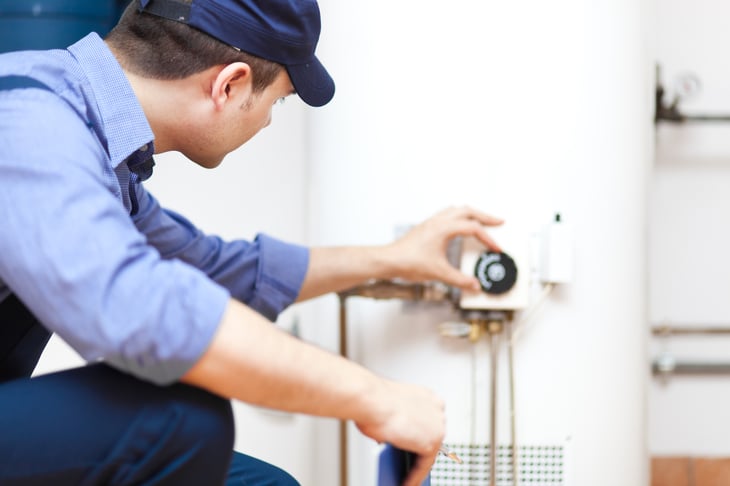
Many power providers offer free home energy assessments or home energy optimization kits. Xcel Energy, which serves much of the northern Midwest and mountain regions of the U.S., provides a free virtual visit with a Home Energy Squad member, followed by a free kit to optimize your residential electrical usage.
2. Seal Cracks and Leaks
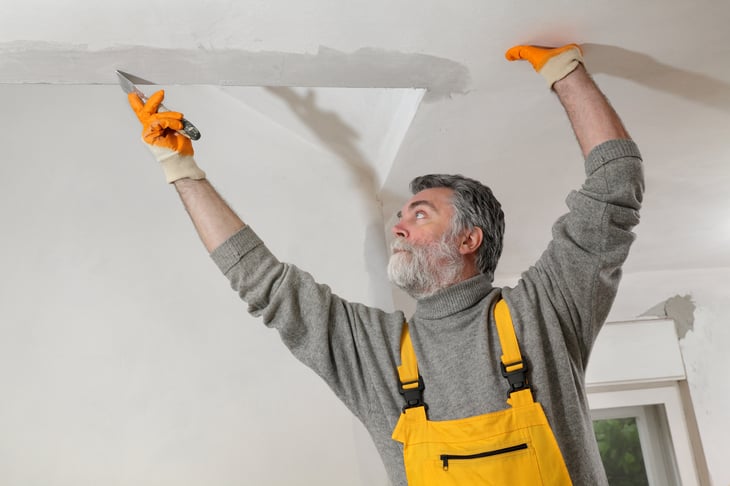
When the heat is high, don’t let any precious warm or cool air escape due to drafty doors and leaky windows. Seal these money-draining spaces with inexpensive draft tape, often ranging from $9 to $15 on popular sites like Amazon.
3. Upgrade to Efficient Equipment With a Rebate
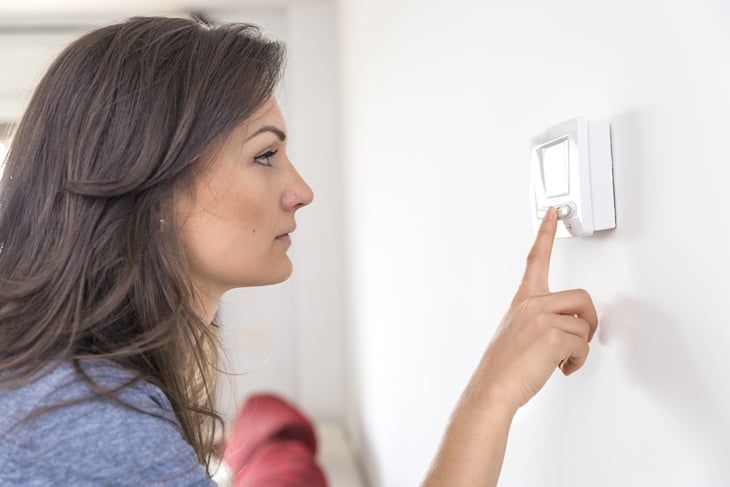
Although upgrading heating systems and thermostats can be pricey, many electrical companies offer rebate programs. ConEd, which serves New York City, offers rebates on smart thermostats. Check with your energy provider to see if rebates are offered in your area. This could mean more than $100 back in your pocket.
4. If You Have a Smart Thermostat, Use It
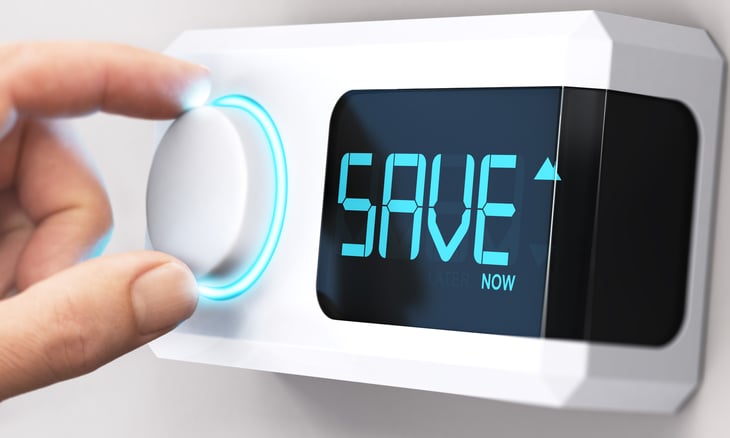
For those who already have a Nest or other programmable thermostat in your home, take the time to program it. Smart thermostats offer zonal and timed heating and cooling, which on average will save most homeowners 10%-12% on their heating bills and up to 15% on their cooling bills.
5. Take a Timeout on Energy Consumption
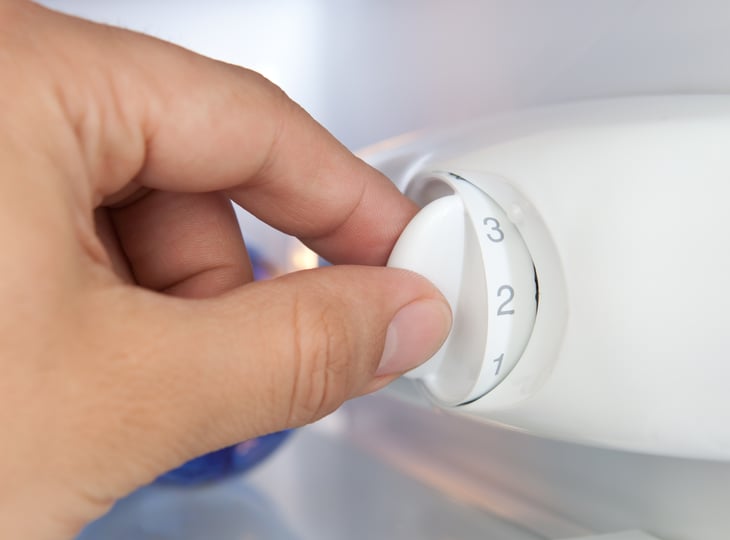
No, not that kind of timeout. To cheaply lower your electric bill, consider adding an outlet timer to window unit heaters.
These helpful gadgets cost $10 to $20 and will make your home more energy-efficient and limit the amount of “phantom power” (the power your devices leech from outlets even when not turned on) contributing to monthly energy bills.
Or, turn down the thermostat and head to the mall or library for a few hours.
6. Let Mother Nature Do the Work
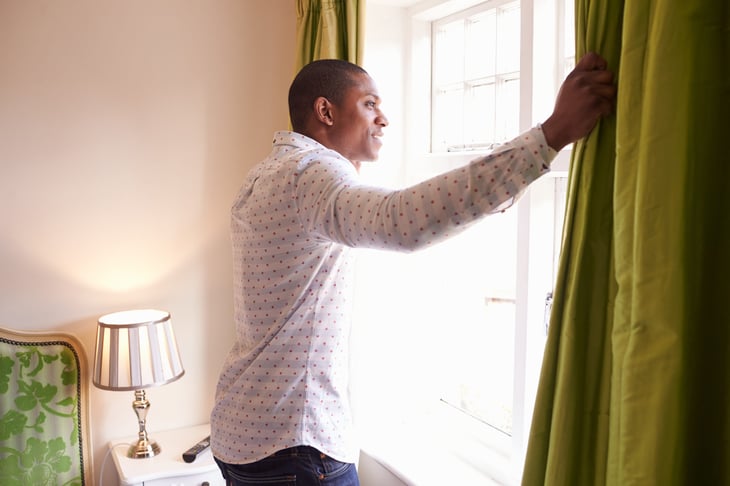
When the sun is shining, make sure that you have your blinds and curtains open to let the warmth in. Close them at night as an extra layer of insulation against the cold.
7. Invest in One-Time Duct Cleaning
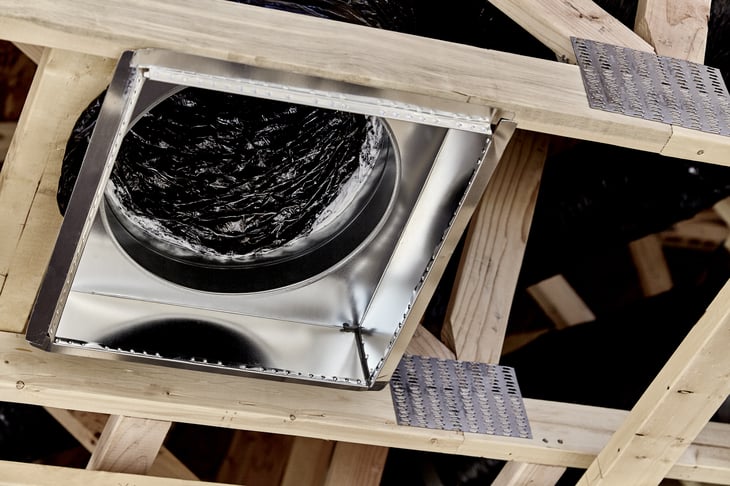
A major cause of ineffective or inefficient home cooling may be from clogged ductwork. Over the years, debris like dust, pet hair, and dander can accumulate in vents and make it difficult for air to flow smoothly throughout your space.
Cleaner ducts mean less need to turn up the heat. Fortunately, HVAC system maintenance is pretty affordable, and a one-time vent cleaning will only take $200-$300 out of your home maintenance budget.
8. Change Your Air Filter
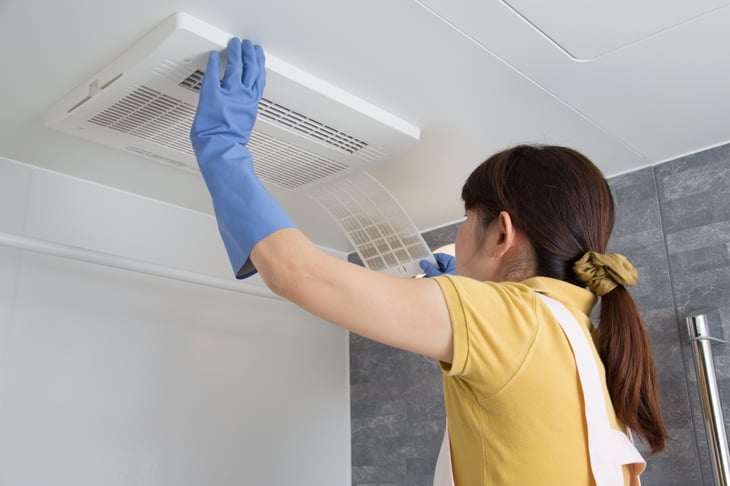
Air filters do just that — filter out tiny particles and debris generally undetectable to the human eye. This provides us with clean air circulating in our homes.
However, these filters need to be changed about every six months in order to work properly. Clogged filters inhibit effective air flow and can lead to higher energy costs due to forcing your air systems to work harder to pump out air.
9. Run Appliances at Night
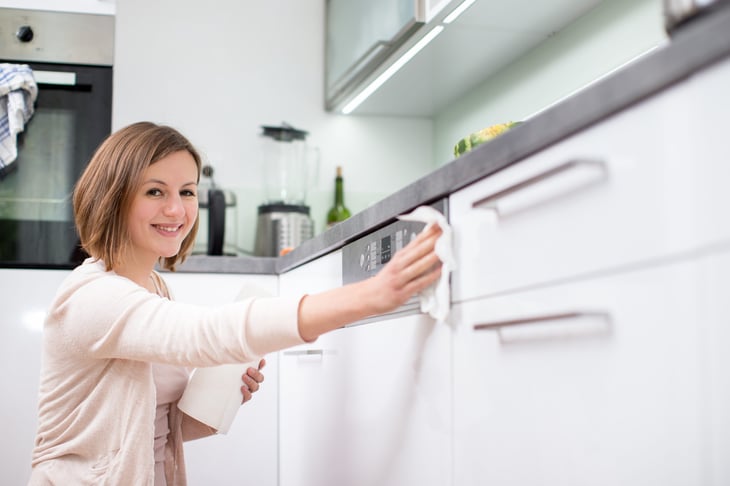
Some electric companies charge higher rates during the day (aka peak hours) and lower rates in the evening (aka off-peak hours).
It can help save a few bucks here and there to run larger appliances like dishwashers, clothing dryers, and washing means while you’re getting some shut-eye.
10. Make the Move to LED

Incandescent bulbs release about 90% of their energy as heat. Couple that with the fact that they generally are not energy-efficient and it’s enough to make the case to switch to LED bulbs.
LED bulbs can save consumers as much as $75 per month and they give off little-to-no heat.
11. Replace Window Screens for Home Efficiency
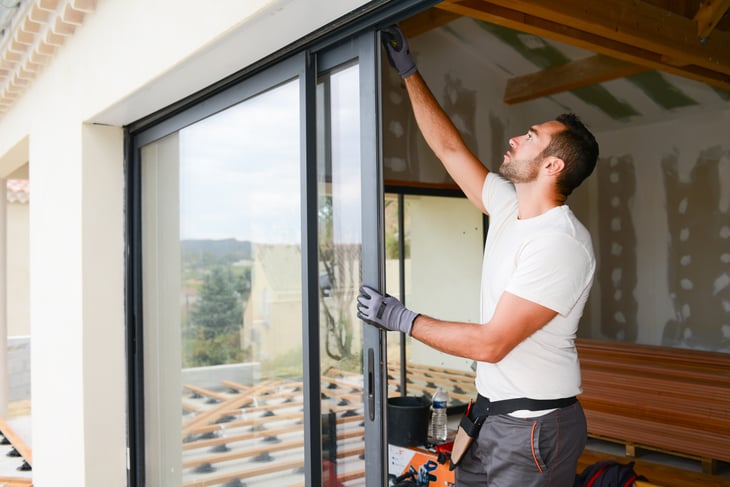
As we already mentioned, leveraging Mother Nature when possible to decrease your bill and your energy consumption is a great idea.
In this case, replacing snared, ripped window screens with relatively inexpensive new ones can help to better insulate your windows, preventing any unwanted major cracks or gashes from emitting cold air into your home.
12. Insulate Hidden Areas
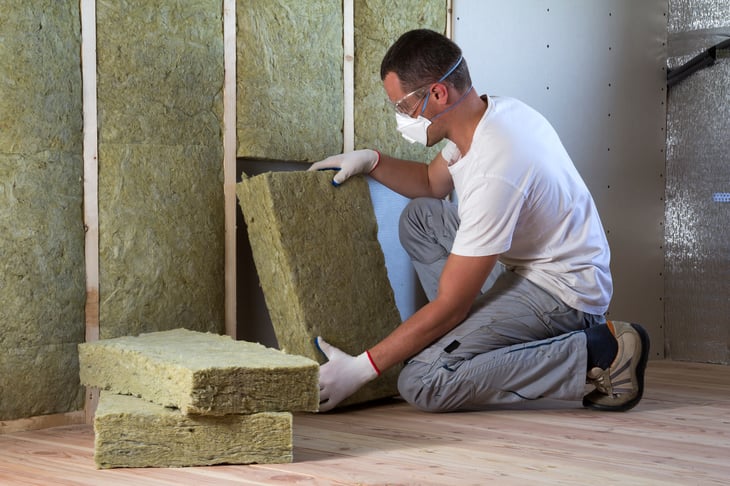
Any item in your house that has pipes behind it (toilets, sinks, etc.) likely is simply sitting in an open hole in the wall with no insulation.
This means that in the winter warm air could be leaking out or cold air could be seeping in. Consulting with a professional to learn more about how adding insulation behind toilets and sinks can help make your home more energy efficient by eliminating these air leaks across your house.
13. Close the Door
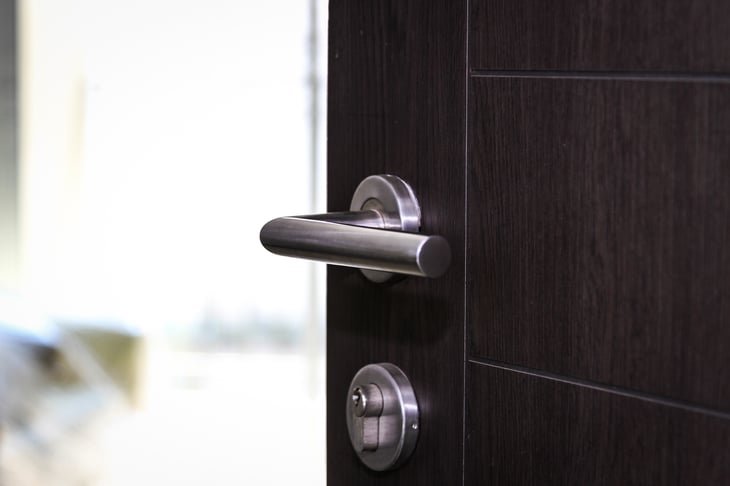
If you live in a multiroom home, closing the doors to unused rooms will consolidate your heating usage to fewer rooms, and it will keep that room much warmer.
Pick a room or two to hang out in for the majority of the day, and shut the doors to the others to naturally create zonal heating. A painless way to lower your electric bill.
14. Reduce Phantom Power
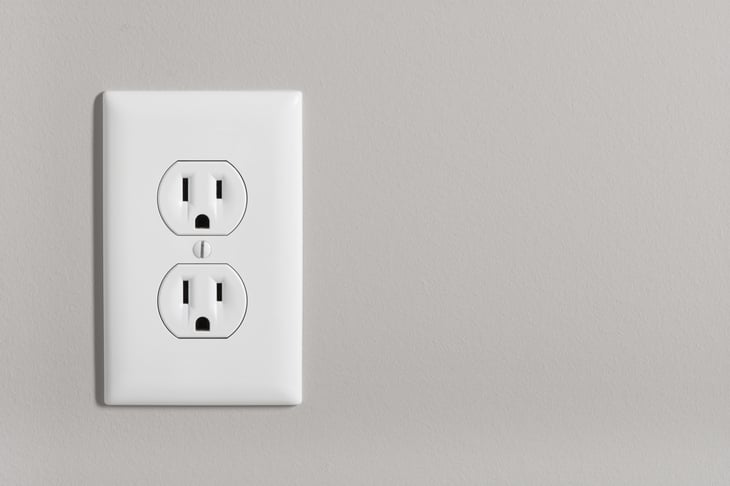
Even if something like a lamp or TV are not turned on, the fact that they remain plugged in means those items could be leeching “phantom power” from your home, and jacking up your electric bill.
Phantom power refers to the electricity consumed by objects when they are off or in standby mode. This allows them to quickly turn on, but means your electric bill pays the price.
Consider unplugging lamps, appliances, and more when not in use to save on your next energy payment.
15. Add an Energy-Efficient Power Strip
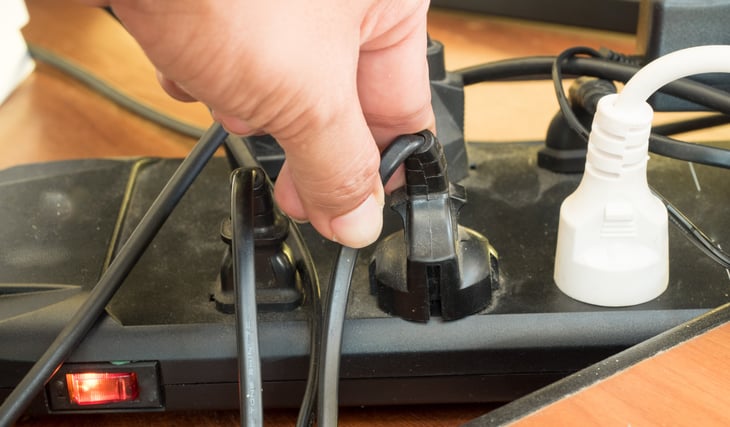
While you’re unplugging unused objects, think about adding in an energy-efficient power strip to cut down on your bill.
Some estimate that installing energy-efficient power strips (which are only $20 to $30 each) can decrease home power use from 20% to 48%, which translates to more than just a few dollars back in your pocket.
16. Lower Water Heater Temperature
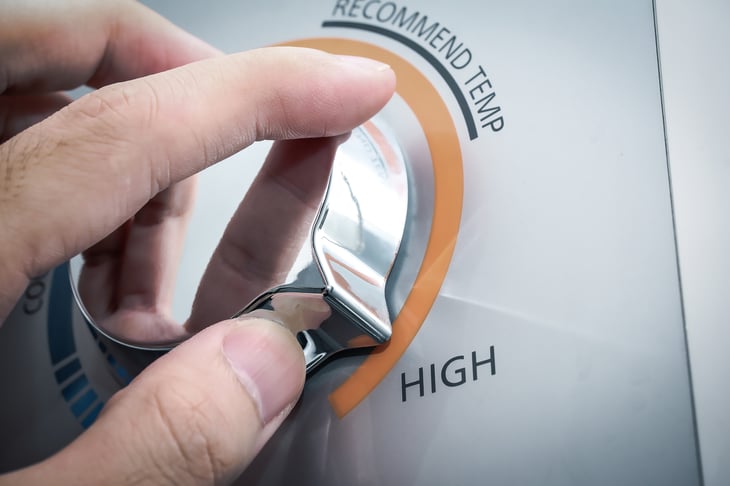
The default temperature for water heaters is 140 degrees, which wastes between $36 and $61 a year, according to the U.S. Department of Energy.
According to the DOE, lowering this temp to 120 degrees is perfectly fine for the majority of the population. If you or a member of your household has a chronic respiratory disease or a suppressed immune system, though, it may be best to keep your water heater set to the default temp.
17. Decrease Door Drafts With a Draft Stopper
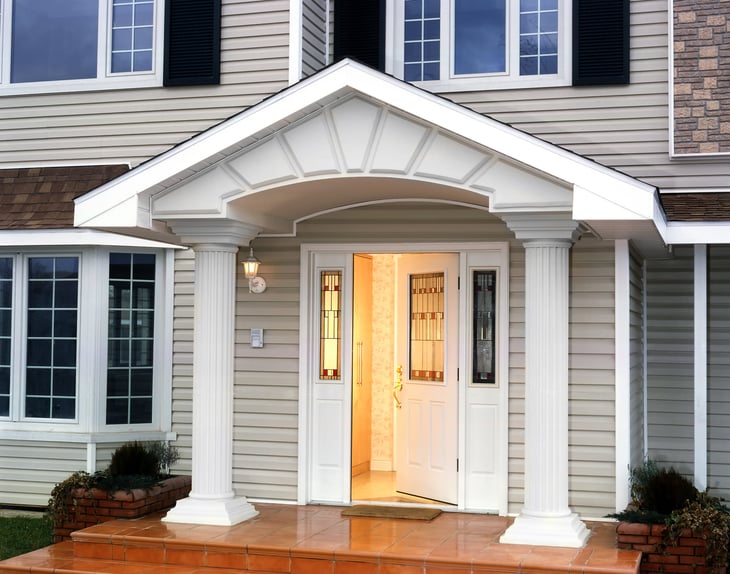
Using the aptly named draft stopper on your doors can further prevent air leaks throughout your home. For only $8, you can keep prized warm air better circulating in your space without losing it to wasteful door leaks. Another painless way to save money.
18. Use Exhaust Fans
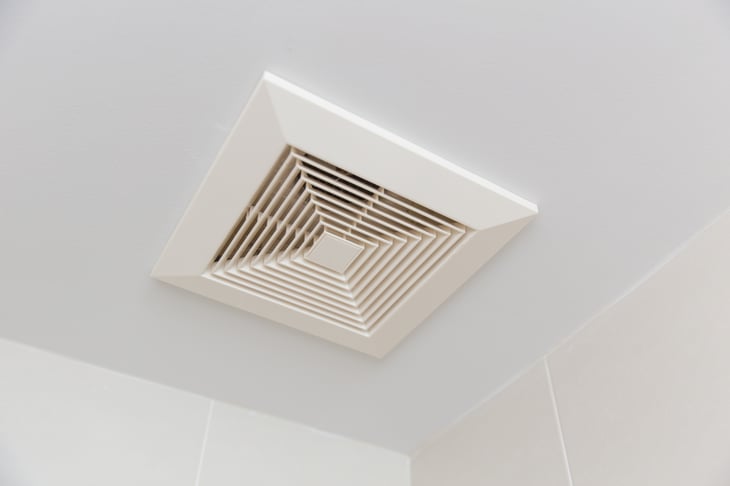
Exhaust fans are those that are generally already built into your home, like the kind above a stove or shower. These fans do an exceptionally good job at circulating air and removing moisture and humidity from that air.
Running these fans even when not cooking or in the shower can improve air circulation and decrease the need to crank up the heat and your power usage.
Speaking of fans, turn ceiling fan blades so that they rotate clockwise in the winter so that warm air is pulled upward and distributed throughout the room. If you’ve done the rotation change correctly, you should not feel any air if you stand underneath them.
19. Go Through a Checklist

Owning or renting a home comes with all sorts of maintenance. It can be hard to keep track of what to do at what time of year in order to keep your space clean and efficient.
Referring to a home checklist like this one can ensure you are ticking off the correct boxes to prepare your home for warmer months, potentially saving you some dough on electric bills throughout the winter and then next summer.
20. Rearrange Your Furniture

Go through the house and check to make sure that you don’t have beds, dressers, bookcases, or other furniture blocking heating vents. If the vents are blocked and heat isn’t evenly distributed, this may cause you to turn up the thermostat.
21. Bundle Up

Layering your clothes is the original way to save money on your winter electric bill and lower your thermostat a few degrees.
If your clothes budget is already stretched, websites like ThredUp or heading over to your local Goodwill are excellent ways to get gently used but extremely warm clothing for just a few bucks apiece.
22. Don’t Heat Uninsulated Rooms
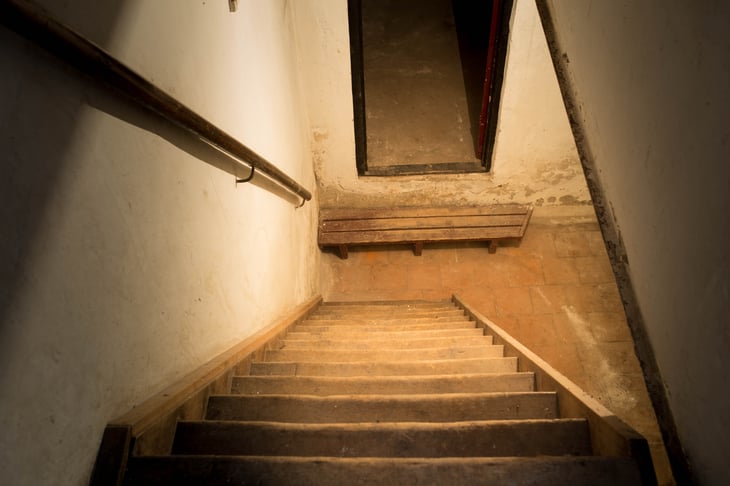
While we all want a toasty home to return to after a long day, spending money heating rooms like a basement, garage, attic, or closed-in porch is a major drain on your winter electric bill.
Rooms such as those tend to not be insulated with walls instead made from concrete or wood slats. With no insulation to hold in the heat, you’re essentially wasting your money trying to warm them up. Best to bundle up when in those rooms or close them off entirely during colder months.
23. Insulate Your Water Heater
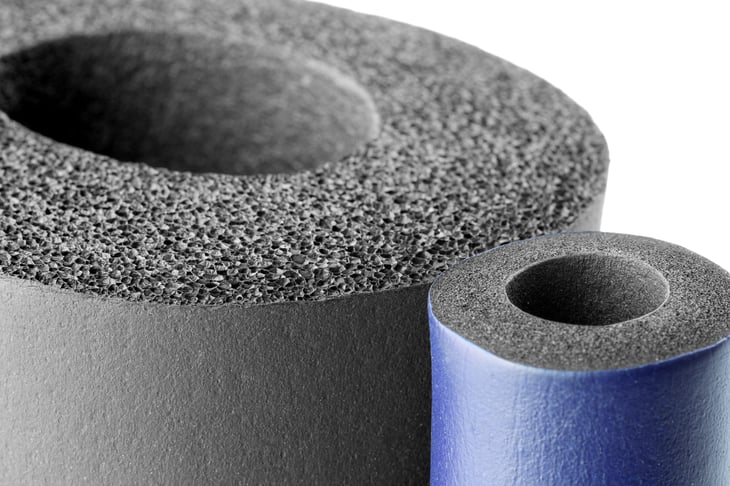
Insulating your water heater can save you about 7%-16% in water heating costs and eliminate standby heat losses by 25%-45%. It’s pretty easy to DIY — order a water heater jacket like this one for $25 from Amazon, or check with your local utility company to see if they offer jackets for free or with a rebate.
24. Use Your Kitchen

Cooking and baking at home naturally warms up the kitchen and then adjacent rooms. You can save money, too, by cooking at home rather than getting take out or going out.
After you’re done using the oven and it’s turned off, you can leave the door ajar just a bit to let that dwindling heat escape. Make sure to keep children out of the area if you do this and never use an operating oven as a heat source by leaving the door wide open.
25. Turn Down the Thermostat

When you leave for work or go to sleep, turn down the thermostat. At night you can add a few more blankets to the bed or even turn up the eclectic blanket, and if you’re at work, you won’t know the difference.
Turning down the thermostat by 10 degrees can save you 10% on your bill over a year.






Add a Comment
Our Policy: We welcome relevant and respectful comments in order to foster healthy and informative discussions. All other comments may be removed. Comments with links are automatically held for moderation.